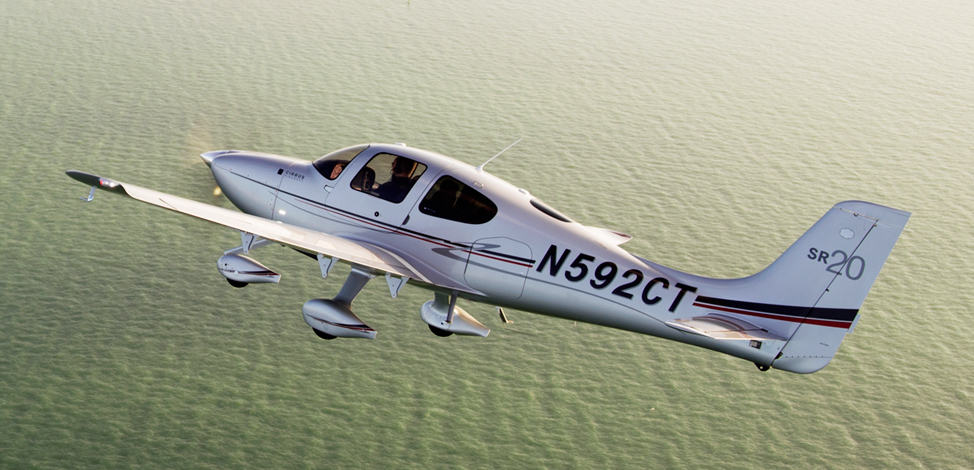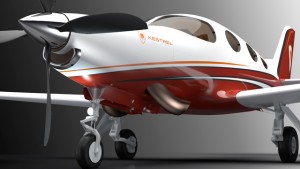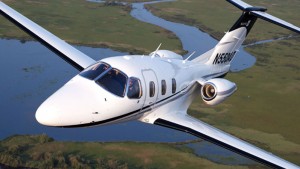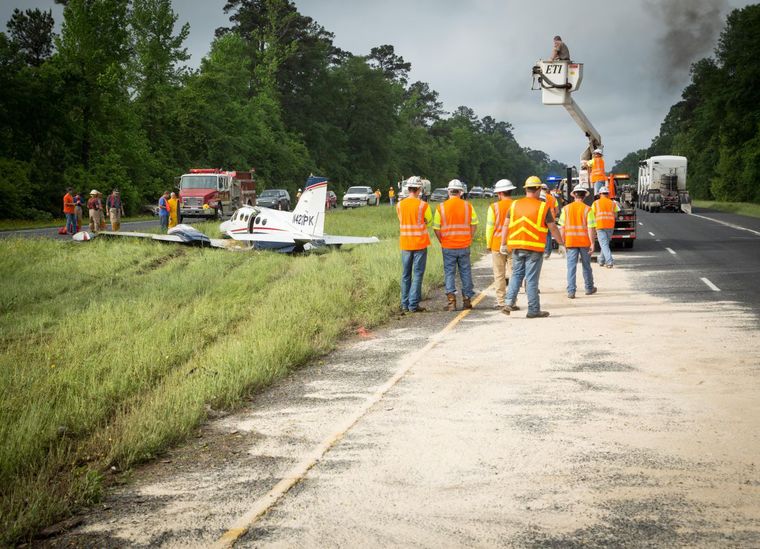In the Pre-Takeoff Checklist for any Cirrus aircraft, it calls for pilots to perform a Cirrus Autopilot Check. It is prudent to check the autopilot before your flight to ensure that all aspects of the autopilot are working properly. The only problem is, the checklist doesn’t spell out how to perform the Cirrus Autopilot Check. You would have to go to the POH for the airplane, which is usually in the back seat or a bag somewhere and therefore hard to get to, in order to find the procedure.
The procedure for checking the autopilot is slightly different depending on what autopilot is in your airplane. The procedures for all three are below.
S-TEC 55x
- Sync the heading bug to your current heading
- Activate heading mode on the autopilot
- Twist the heading bug left and right to ensure the ailerons move left and right
- Sync the heading bug to your current heading
- Activate vertical speed mode on the autopilot
- Move the vertical speed bug (or the vertical speed on the altitude pre-selector if you have a steam gauge Cirrus) up and down to ensure the elevator moves accordingly
- Ensure you can overpower the autopilot
- Press the autopilot disconnect switch to ensure the autopilot shuts off
Avidyne DFC 90
- Press the AP button to activate the autopilot
- Ensure AP, ROLL, and PITCH Annunciations are depicted in green on the top of the PFD
- Set the heading bug 90 degrees from the current heading
- Press the HDG button on the autopilot
- Ensure the ailerons are moving in the proper direction and HDG is annunciated on the top of the PFD
- Ensure you can overpower the autopilot
- Press the autopilot disconnect switch on the stick and ensure the autopilot has disconnected
Garmin GFC 700
- Press the AP button to activate the autopilot
- Ensure you can overpower the autopilot
- Press the autopilot disconnect switch on the stick to ensure the autopilot has disconnected






